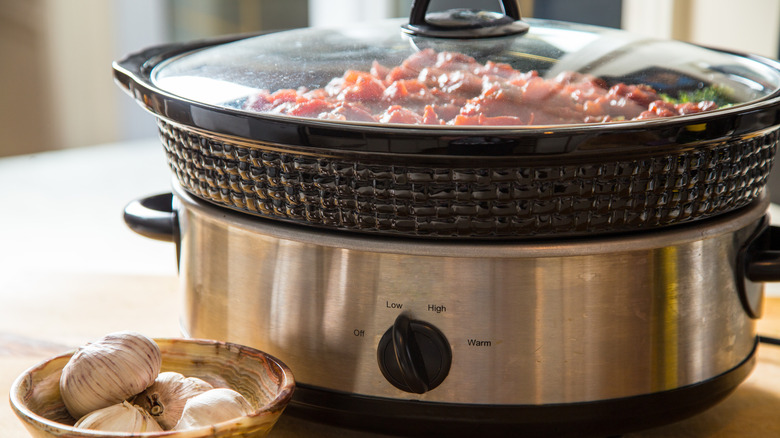While food storage is the focus of this post, you may also use similar Best Containers For Freezing Soup to store dried fruit and nuts, screws, bolts, nuts, and bolts, arts and crafts, fishing equipment, and much more.
We’ll go over five leftover soup container ideas in this blog article to help you preserve your meal tasting great. So be sure to continue reading below if you want to know how to get the most out of these containers.
How Do Soup Containers Work?
First of all, receptacles for leftover soup are excellent food storage options. They serve a variety of purposes, not simply soup storage, but they do it effectively.
Soup leftovers may be use to keep different kinds of leftover food, even if you’re not a big soup enthusiast. They may also be use to keep food that need a bit more care than regular storage containers.
Therefore, these tips and tactics can help make your food taste better than your previous leftovers, whether you’re wanting to make a little additional place for food storage or you’re hoping to use up some leftovers in a more inventive way.
How to Preserve the Delectable Taste of Food
1. Avoid Filling Your Containers Too Much
Now, this may sound obvious, but as you are well aware, individuals occasionally overfill soup cans with leftovers. This has the drawback that overfilled containers could not shut correctly, particularly when freezing leftovers since ice expands.

Furthermore, because the food may mingle with other odors in your freezer or refrigerator, the lack of airtightness may speed up food spoilage and/or flavor fading.
2. Freeze food or soup in containers meant for one serving.
It can be problematic to freeze a full batch of leftovers that include numerous servings since, once frozen, the food may be difficult to divide, requiring you to defrost it all and perhaps wasting food.

Alternatively, you may store single or double-serving meal portions in the leftover Best Containers For Freezing Soup. This way, you can manage how much is reheated, portion according to needs, and prevent extra wastage.
3. Use plastic wrap inside your container.

Keeping as much air out of the freezer as possible is essential for effectively freezing soup and lowering the danger of freezer burn. If you’re more of a jar person, then lining the top of the jar with plastic wrap before replacing the lid is a great method to do this.
4. Find Out Which Soups You Can Freeze and Can’t.
Not all soup freezes well. Dairy-base soups, for instance, should not be frozen since the fats may separate there and cause the soup to shatter when warm.
:max_bytes(150000):strip_icc()/frozen-soup-102679786-6e4c30b7a5944fd7b1e0c7c19e882b82.jpg)
Similarly, when thawed, soups containing a lot of vegetables and chunks of pasta or grains may feel quite mushy. However, soups that are pureed, broth-base, or heavy on meat or beans (like chili) are great frozen.
5. Use a slow cooker or stovetop to reheat soups.
It doesn’t make sense to try warming your soup in a microwave while attempting to use all of your containers because this might result in an uneven heat distribution and overcook some ingredients. When reheating soup, think about using a stovetop or slow cooker to make sure it heats through evenly and gently.

These two methods are far more manageable and can help preserve the texture, flavor, and appearance of your soup.
Conclusion
Not only can leftover soup containers aid in food storage, but they work wonders when it comes time to reheat leftovers. Therefore, don’t allow your dislike of soup deter you from taking full use of these containers.
Rather, keep food that requires a bit more care, such as single-serving amounts, in them. Or you may use them to keep foods like stews, casseroles, sides dishes, and curries that need to be refrigerate for an extend period of time.
These hacks can help you make the most of your leftover soup containers, whether your goal is to maximize their usefulness or find more inventive ways to repurpose some of those unused ones.























![To Increase YouTube Subscribers Must Use These Service Provider [New]](https://businessleed.com/wp-content/uploads/2022/11/To-Increase-YouTube-Subscribers-Must-Use-These-Service-Provider-New-360x180.jpg)














